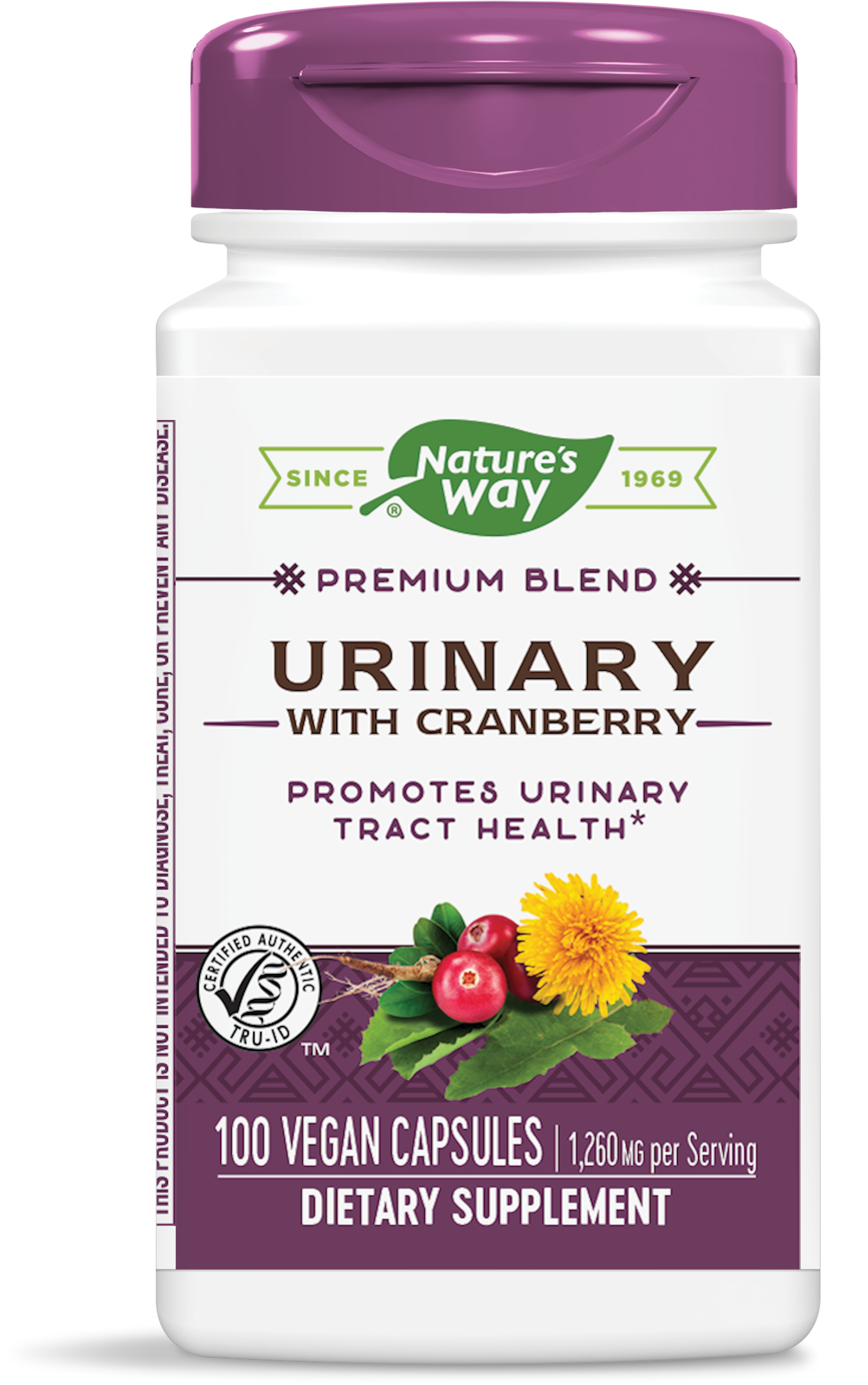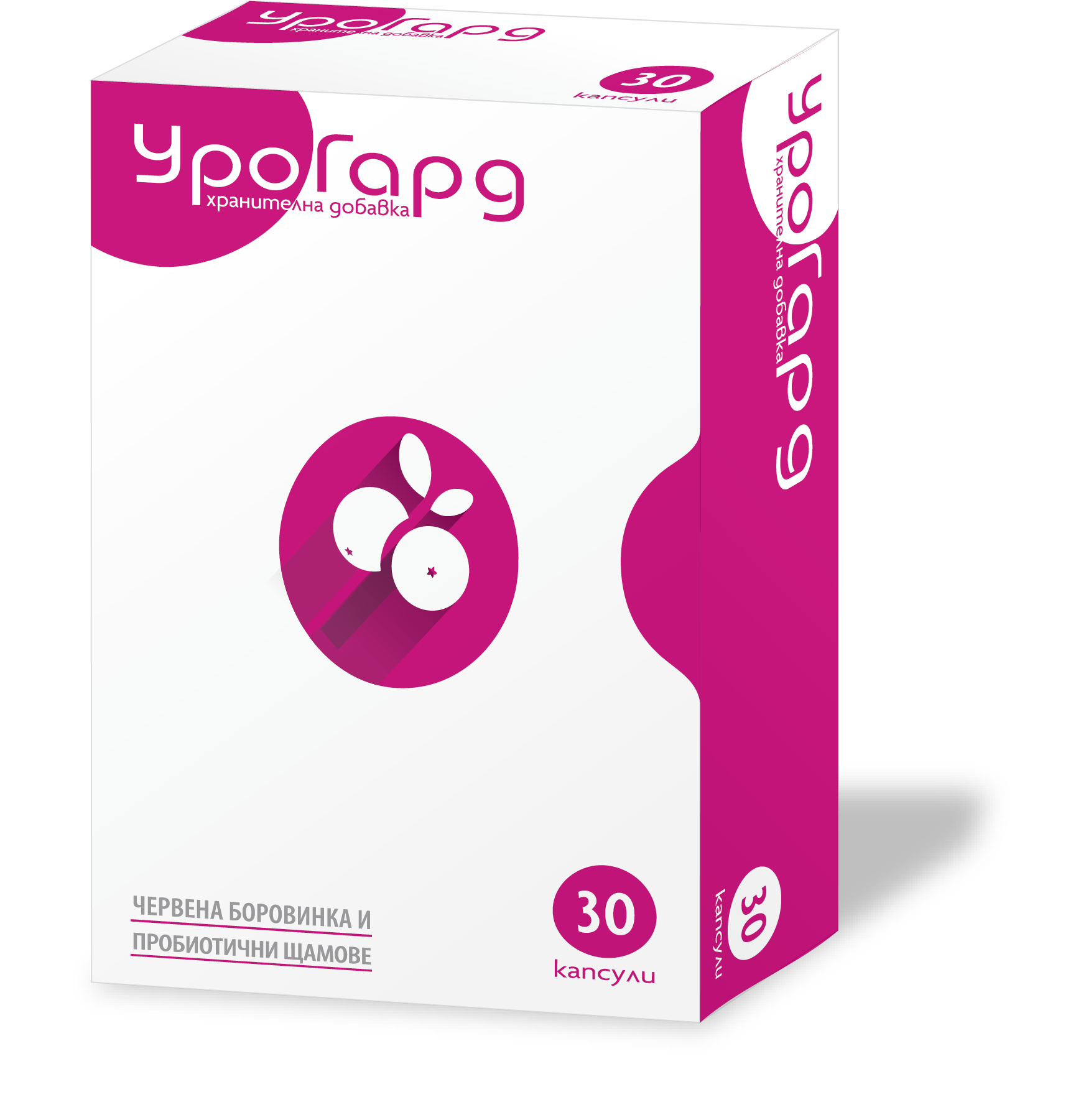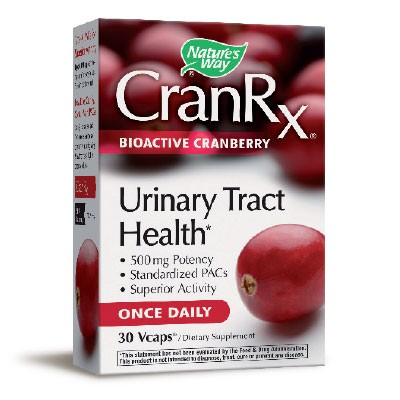NEOPHARM NEORENAL FORTE for kidneys and excretory system 650mg x 60 tabl new
Neorenal® Forte
Favorably affects the functions of the kidneys and urinary system
60 tablets
Read this leaflet carefully before you start taking the medicine.
If you have any further questions, ask your doctor.
Contents of the leaflet:
I. What is good to know about kidney stone disease?
II. What is Neorenal® Forte?
III. How does Neorenal® Forte work and who is it intended for?
IV. How is Neorenal® Forte taken?
V. Who should not take Neorenal® Forte?
VI. What are the side effects of Neorenal® Forte?
VII. Storage
I. WHAT IS GOOD TO KNOW ABOUT KIDNEY STONE DISEASE?
Kidney stones are formed as a result of the accumulation and precipitation of excess amounts of substances in the urine. They are usually hard deposits of minerals and salts (calcium, oxalates, cysteine, uric acid) that form in the kidneys. They are the result of the urine becoming concentrated, allowing the minerals to crystallize and stick together.
TYPES OF KIDNEY STONES
Depending on their chemical composition, kidney stones are divided into organic and inorganic.
1. Inorganic kidney stones:
• calcium oxalate – calcium oxalate monohydrate (wevelite), calcium oxalate bihydrate (wedelite);
• calcium phosphate – calcium phosphate (apatite), calcium hydrophosphate (brushite), tricalcium phosphate (whitlockite), carbonapatite (dalite);
• magnesium phosphate – magnesium ammonium phosphate (struvite), magnesium hydrogen phosphate (nuberite).
2. Organic kidney stones:
• urate – uric acid stones;
• cystine;
• xanthine – have a brownish color, soft consistency and easy brittleness;
• cholesterol - they have a black color, a soft consistency and are easily crumbly.
Very often, kidney stones have a mixed chemical composition. Determining the composition of kidney stones is an important element in making decisions about their subsequent removal and is an essential part in selecting preventive measures against their re-formation.
Kidney stones can be removed by various methods of breaking them up or by spontaneous elimination (renal crisis).
METHODS FOR BREAKING UP KIDNEY STONES
1. Extracorporeal shock wave lithotripsy (ESWL). This method uses the power of sound waves to break up stones smaller than 2 cm.
2. Percutaneous nephrolithotomy (PCNL) is a method for breaking up large kidney stones over 2 cm in size. This is a surgical intervention in which the kidney is penetrated through a small hole in the skin in the hip area and the stones are reached.
3. Ureterorenoscopy (URS) – a modern and bloodless treatment method in which thin instruments (ureteroscopes) are inserted through the bladder and urinary tract (ureter) to reach the kidney.
The presence of residual stones after lithotripsy (kidney stone disruption – ESWL), percutaneous nephrolithotomy (PCNL) or ureterorenoscopy (URS) is associated with an increased risk of recurrence. To limit the morbidity caused by these residual fragments, e.g. risk of regrowth, new stone formation, manifestation of infection, it is important that they are completely eliminated from the body.
RENAL CRISIS
The most common symptom of kidney stones is pain in the lower back and flanks. The pain of kidney stones occurs when the stone begins to move through the urinary system. Very often, the stones “get stuck” in the narrow channels of the urinary tract and cause severe pain – the so-called renal crisis.
A characteristic of a renal crisis is the sudden onset and variable intensity of the pain. The unpleasant painful sensation is caused by a spasm of the smooth muscles of the urinary tract, which tries to push the stone down towards the bladder, in order to expel it from the body.
As the stone moves, it injures the urinary tract and makes it vulnerable to infection. Therefore, if adequate measures are not taken during the crisis, a secondary infection of the urinary system often develops, further complicating the condition.
Taking painkillers and drinking plenty of fluids can help reduce pain and make it easier to pass the kidney stone. In other cases, when the stones get into the urinary tract, they can cause a urinary tract infection or other complications. In such cases, surgery may be necessary.
To facilitate the elimination of kidney stones or smaller fragments after applying the various methods for breaking stones, agents are also used that relax the walls of the urinary tract, thereby reducing pain. Various agents are also used to increase diuresis, which helps to expel kidney stones. The use of agents that contain substances that lubricate the urinary tract facilitates the sliding of the stone as it moves through the urinary system.
II. WHAT IS NEORENAL® FORTE?
Each Neorenal® Forte tablet contains:
· Patented standardized dry extract of Birch leaves (Belula pendula) – 500 mg
· Patented combination Betalit®: Extract of Herniaria (Herniaria glabra), Viburnum (Viburnum opulus), Elymus (Elymus repens) – 150 mg
Other ingredients: fillers - microcrystalline cellulose, povidone, magnesium stearate, film with dyes (brilliant blue FCF, iron oxide).
Neorenal® Forte is a dietary supplement.
Birch leaf extract has been shown to have a number of properties that support the functioning and health of the kidneys and urinary tract, as well as many other organs and systems.
Betalit® is a patented new generation formula containing biologically active substances with proven action, which complements and enhances the effect of birch extract and makes the product's action faster, stronger and more efficient.
II. HOW DOES NEORENAL® FORTE WORK AND WHO IS IT INTENDED FOR?
Neorenal® Forte supports the functions of the kidneys and the urinary system.
Kidneys: Supports the natural process of urine formation and contributes to the efficient cleansing of the kidneys from metabolic waste products, uric acid, etc. The effect is mild, does not irritate the excretory system and kidneys, and does not disrupt the body's water-electrolyte balance.
Urinary Tract: Keeps the urinary tract healthy by helping to cleanse it with the act of urination. It works favorably to maintain comfort along the entire urinary tract - bladder, ureters, and urethra.
Bile: Promotes the drainage of bile.
III. HOW TO TAKE NEORENAL® FORTE?
Unless your doctor has recommended otherwise, take Neorenal® Forte 1 tablet 2 times a day.
IV. WHO SHOULD NOT TAKE NEORENAL® FORTE?
Do not take Neorenal® Forte if you have ever had an allergic reaction to any of the product's ingredients. If you develop signs of an allergic reaction, discontinue use.
Do not exceed the recommended daily dose. Do not use as a substitute for a varied diet.
V. WHAT ARE THE SIDE EFFECTS OF NEORENAL® FORTE?
So far, there are no known side effects of the product and contraindications for its use. It can be taken for a long time, over 6 months, due to its excellent tolerance and harmlessness. It is also suitable for use during pregnancy.
VI. STORAGE
Store Neorenal® Forte in its original packaging at a temperature of up to 25°C, in a dry place, out of direct sunlight and out of reach of small children.
Do not use the product after its expiration date or if the integrity of the packaging is compromised.









